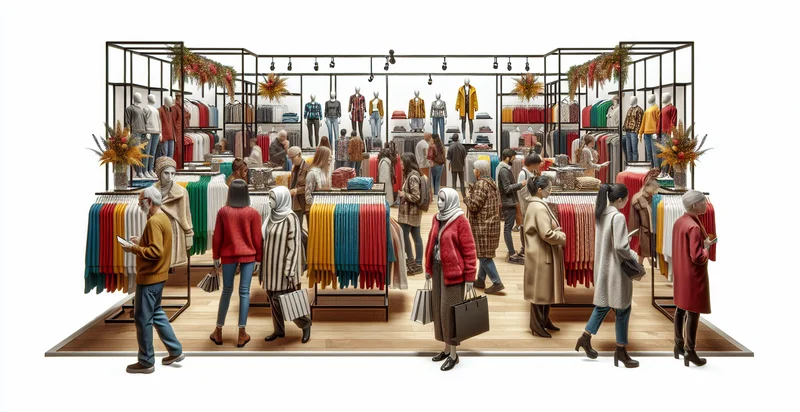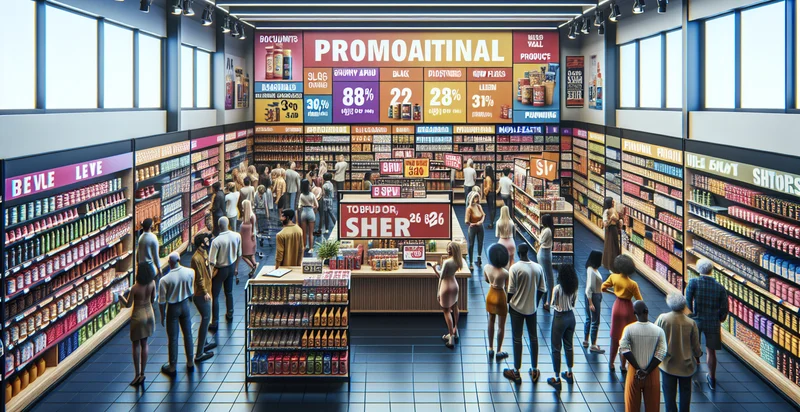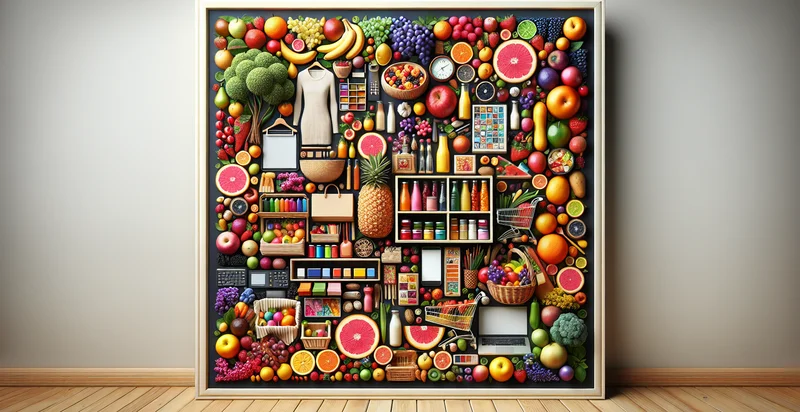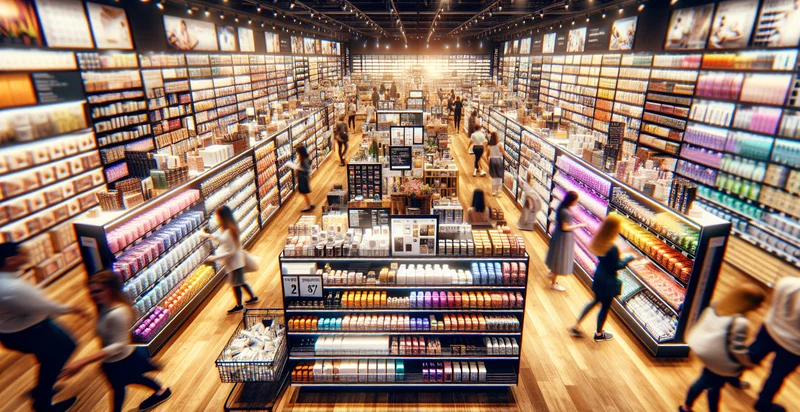Identify in-store display type
using AI
Below is a free classifier to identify in-store display type. Just upload your image, and our AI will predict what type of in-store display it is - in just seconds.

Contact us for API access
Or, use Nyckel to build highly-accurate custom classifiers in just minutes. No PhD required.
Get started
import nyckel
credentials = nyckel.Credentials("YOUR_CLIENT_ID", "YOUR_CLIENT_SECRET")
nyckel.invoke("in-store-display-type", "your_image_url", credentials)
fetch('https://www.nyckel.com/v1/functions/in-store-display-type/invoke', {
method: 'POST',
headers: {
'Authorization': 'Bearer ' + 'YOUR_BEARER_TOKEN',
'Content-Type': 'application/json',
},
body: JSON.stringify(
{"data": "your_image_url"}
)
})
.then(response => response.json())
.then(data => console.log(data));
curl -X POST \
-H "Content-Type: application/json" \
-H "Authorization: Bearer YOUR_BEARER_TOKEN" \
-d '{"data": "your_image_url"}' \
https://www.nyckel.com/v1/functions/in-store-display-type/invoke
How this classifier works
To start, upload your image. Our AI tool will then predict what type of in-store display it is.
This pretrained image model uses a Nyckel-created dataset and has 20 labels, including Aisle Display, Counter Display, Digital Display, Dump Bin, End Cap, Floor Display, Freestanding Unit, Full Stand, Hanger Display and Inline Display.
We'll also show a confidence score (the higher the number, the more confident the AI model is around what type of in-store display it is).
Whether you're just curious or building in-store display type detection into your application, we hope our classifier proves helpful.
Related Classifiers
Need to identify in-store display type at scale?
Get API or Zapier access to this classifier for free. It's perfect for:
- Product Placement Optimization: Retailers can utilize the 'in-store display type' identifier to analyze the effectiveness of various display types on product sales. By identifying which displays correlate with higher sales, businesses can adjust their merchandising strategies to boost revenue.
- Inventory Management: The classification function can help retailers monitor the effectiveness of promotional displays and ensure that products are stocked accordingly. By assessing which displays are more appealing and successful, stores can better manage inventory levels and reduce stockouts or overstock situations.
- Consumer Engagement Analysis: By analyzing customer interactions with different display types, businesses can gain insights into consumer behavior. This information can be invaluable for designing future marketing strategies and tailoring customer experiences to improve engagement.
- Marketing Campaign Effectiveness: Companies can correlate display types with the success of marketing campaigns, allowing for evidence-based decisions on promotional tactics. Understanding how display types impact customer reaction can enhance the return on investment for marketing initiatives.
- Competition Benchmarking: Retailers can assess their in-store display strategies against competitors by utilizing the classification function. This benchmarking can reveal gaps or opportunities for improvement in display methods, directly informing competitive strategies.
- Training and Development: Retail managers can use insights from the display type identifier to train staff on effective merchandising techniques. By understanding which displays perform best, employees can be educated on best practices for visual merchandising, leading to improved store performance.
- A/B Testing for Displays: Businesses can use the classification function to implement A/B testing strategies for different display types. By comparing customer responses to various setups in real-time, companies can quickly adapt their displays to maximize appeal and sales performance.


